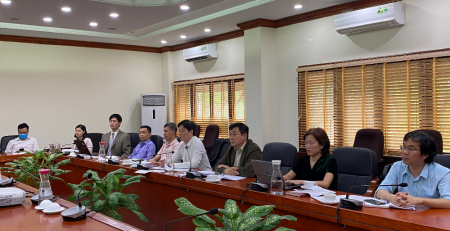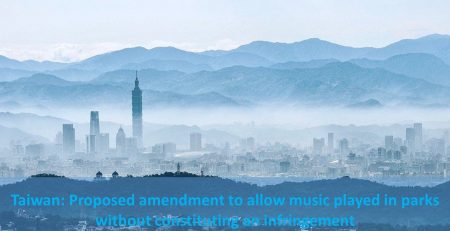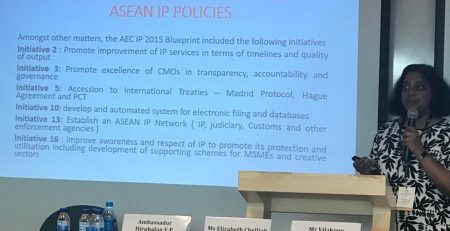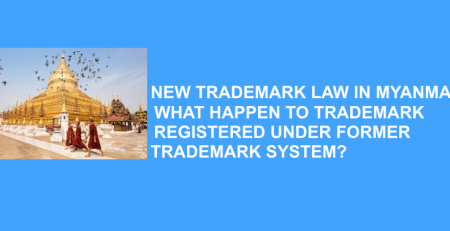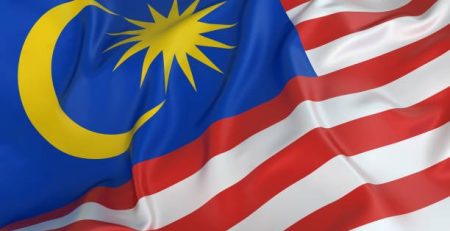Overview: the Chinese patent enforcement process
Patent rights can be enforced against infringers by filing a patent infringement lawsuit in civil court or filing a patent law violation allegation with the China National Intellectual Property Administration’s local offices (CNIPA). The local CNIPA office will determine whether there is a violation and if there is, it can order the infringer to terminate the infringement, but it does not have jurisdiction over damages for patent infringement.
Beijing, Shanghai, and Guangzhou all have specialized IP courts. In these three jurisdictions, a patent infringement action must be filed in the appropriate IP court. A patent infringement action must also be filed with select specialized panels within local intermediate courts. Patent litigation within their jurisdictions (assigned by the Supreme Court) must be brought to these specialized courts or panels when there is such a court or panel. The patent infringement case must be filed in the intermediate court of the city where the provincial government is located or the intermediate court chosen by the Supreme Court if there is no specialized court.
According to the Supreme Court’s most recent regulation, all patent litigation appeals matters must be brought directly to the Supreme Court.
To be clear, the patent infringement cases addressed in this chapter do not include standard-essential patent litigation, which follows a different set of procedures.
Format and scheduling of the trial
In a patent case, every parties must obey the court’s instructions. The judge will make all decisions after each side has presented evidence and documents to the court. In most cases, the court focuses on determining infringement and penalties. The following categories of evidence are permitted by law:
- statements of the parties;
- documentary evidence;
- physical evidence;
- videos and voice records;
- electronic data;
- witness testimonies;
- the opinion of judicial appraisal; and
- investigation notes.
To that purpose, a judicial appraisal opinion comparing technologies, as well as live testimony from technical experts, are both acceptable and very convincing to the court.
Witness cross-examination is permissible, and a witness’ testimony will not be taken into account by the court if it is not cross-examined. Many patent cases involve the involvement of experts. Experts might be consulted by either party to explain technological issues.
The court also use judicial appraisal to aid the judge in determining technical concerns. A judge will resolve all disputed issues, and China does not have a jury system. Technical investigation officers will aid the judge in making technology-related decisions in some courts.
The Civil Procedure Law stipulates that the first occurrence must be completed within six months, however time spent on judicial appraisal is not included in this calculation. A patent litigation normally takes one and a half to two years to complete the first occurrence and achieve judgment, depending on the content and complexity of the case.]
Requirements for evidence
Generally, the onus of evidence for each constitutional element of infringement resides on the patentee, which means the patentee must show that:
- its patent is valid;
- the accused infringer conducts at least one of the following activities: manufacture, import, offer for sale, sales or use of the accused product or process for production or business purposes; and
- the accused product or process falls within the scope of protection of the patent claims.
In the case of a process patent to produce the product a new product, the patentee does not need to demonstrate that the alleged process falls within the scope of protection once the patent is valid and the alleged product is the same as the products produced by the patented process: instead, the alleged infringer bears the burden of proof to produce evidence to prove the difference between the alleged process and the patented process.
The validity of a patent can be challenged before the CNIPA by anyone, including the alleged infringer. The party challenging the patent’s validity has the burden of proof, which includes demonstrating the patent’s lack of novelty or creativity, among other grounds for invalidation.
In China, there is no concern with patent unenforceability, and all patents are enforceable unless invalidity is shown.
Patent infringement lawsuit
A patentee, exclusive licensee, or both may sue an infringer for patent infringement individually or as a group. With specific permission from the patentee, a non-exclusive licensee may sue for patent infringement. As a co-plaintiff, the non-exclusive licensee may participate in the patent infringement case filed by the patentee.
The alleged infringer may not bring a lawsuit on the allegation under Chinese law, but in practice the Supreme Court sets the rules that the alleged infringer may bring a lawsuit to obtain a judicial ruling declaring and confirming that the alleged products will not infringe the patentee’s right under certain conditions. The following are the requirements for filing a non-infringement declaration:
- the patentee has sent a warning letter to the accused infringer or the distributors of the accused products;
- the accused infringer urges the patentee to enforce the patent rights with proper jurisdiction; and
- the patentee does not file a patent infringement lawsuit nor withdraws the warning letter within a reasonable period (one month after accused infringer received the warning or two months after the patentee sent the notice).
Contributory, inducement and multiple-party infringement
The Patent Law does not allow for indirect patent infringement. Under certain circumstances, the court may find indirect infringement. A party may be carried out jointly liable for patent infringement in one of three scenarios:
- the party knows the product or process is protected by patents but still actively induces another party to implement the patented products or processes;
- the party knows that the products at issue are materials, equipment, parts or intermediates that are specially used to implement a patent, but still provides those products for sale, and the products are finally used by another party (including the final user or consumer) to implement the patent; and
- the party conspires with other parties in patent infringement, and each party practises only some of the elements (or steps) of a patent claim, but together they practise all the elements.
When the induced or assisted party commits actual patent infringement, the inducing or assisting party will be jointly responsible for patent infringement; however, if the induced or assisted party is not liable for patent infringement due to special defenses, the inducing or assisting party may still be liable for patent infringement.
Schedule for litigation
The court will set the following schedule for a patent infringement lawsuit:
- production by both parties of evidence, witnesses and experts, which may take several months for multiple rounds;
- cross-examination, which may take one to two months;
- when necessary, judicial appraisal and cross-examination of the judicial appraisal report, which may take three to five months;
- court arguments, which may take one to two months; and
- issuance by the court of the judgment of first instance.
A patent infringement action in the trial stage normally takes 18 to 24 months. The process for appellate hearings is identical to that for first-instance proceedings, except there is usually no further judicial review. Appellate hearings usually last approximately a year.
Proof discovering
The Chinese legal system does not have a discovering of evidence mechanism. A party may submit a petition to request the court to gather evidence from an opponent, third parties, or government authorities in order to gather evidence from the opponent, other parties, or government authorities. The administrative authority in charge of patent infringement cases has the authority to order the party under investigation to submit necessary evidence.
In some courts, such as those in Beijing, the lawyer can also ask the court to impose an evidence inquiry order, allowing him to collect relevant evidence from the above parties. Beijing’s courts have recently begun to consider the prospect of implementing an evidence discovery rule.
The burden of proof should be placed on the party with the onus of evidence to gather evidence from the other country. On the basis of a reciprocity principle or an international convention in which China participates, the court may also ask a foreign court to assist in the gathering of evidence.
Dispute settlement by other mechanisms
Alternative dispute resolution mechanisms, such as arbitration, are not permitted in patent validity problems; the parties can only address validity disputes before with the CNIPA.
There are differences of opinions on whether parties can submit patent infringement, ownership, or damages disputes to arbitration; the general viewpoint is that the parties can negotiate an arbitral agreement to resolve problems through arbitration.
The parties may pick arbitration in the agreement to resolve patent license disputes.
***Other Articles***
– You could see How To Register Trademark in China here.
– You could visit here to see Procedure of Trademark in China.
– You could visit here to check Required documents of filing trademark in China.
Contact AAA IPRIGHT: Email: [email protected]
Or sending your inquiry by filling the form:



